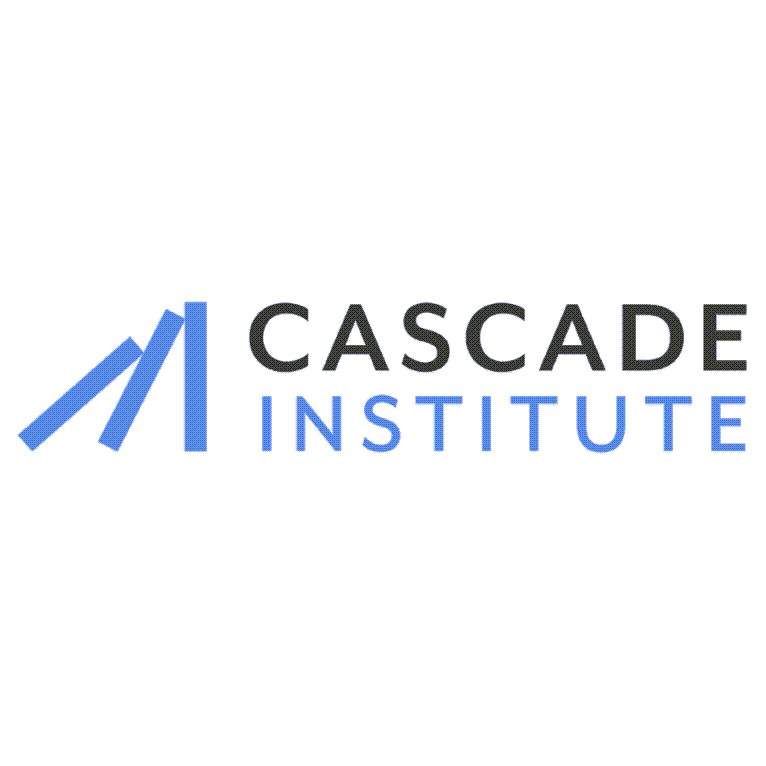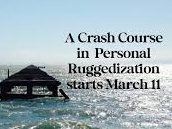by SHERYL TIAN TONG LEE et al, in Fortune….“I can’t tell you if there’s going to be a hurricane or earthquake this year, obviously,” said Hagood of Nephila Capital. “But what I can tell you is spreads are near historical highs in the sector. So broadly speaking, we believe the market is being well paid for the risk.”
In “The Ministry for the Future,” new ideas from ancient wisdom
By Forrest Brown in The Long Now Foundation….When we are bound in a system of reciprocity, not return on investment, we will be closer to being the kind of ancestors future people need.
Mark Zuckerberg spent $187 million secretly buying 1,600 acres of Hawaii land, and now he is reportedly building a massive self-sustaining apocalypse bunker
by Caleb Naysmith in Yahoo Finance…Alongside the sprawling farm and ranch, the compound is being designed to be self-sustaining. From underground bunkers to its own energy and water supplies, the compound has nearly everything you would need to survive for months at a time.
Ecological ‘doom loops’ edging closer
from University of Sheffield….Extreme weather events such as wildfires and droughts will accelerate change in stressed systems leading to quicker tipping points of ecological decline, according to a new study.
‘Civilizations rise and fall’
by Evan Malmgren in Business Insider…Inside an off-grid community of families preparing for the downfall of America
It is time to tax the rich… and their foundations
by Lynn Murphy and Alnoor Ladha in Aljazeera….Philanthropic endowments are designed to protect the financial interests of the 1 percent. They should be taxed.
How to thrive in an uncertain world
by Maggie Jackson in The New York Times…Humans naturally need answers and so typically find uncertainty aversive. With a presidential election, war erupting in multiple zones, rising climate volatility and myriad other types of flux, it’s easy to feel overwhelming angst for the future and see certainty as a beacon in a darkening time.
Noam Chomsky and Andrea Moro on the limits of our comprehension
“The sudden awareness of something that calls for an explanation, once the fog of habit has lifted, seems to be the real stuff revolutions’ sparkles are made of.”
Global Risks Report 2024
from the World Economic Forum….As we enter 2024, 2023-2024 GRPS results highlight a predominantly negative outlook for the world over the next two years that is expected to worsen over the next decade
Embracing local knowledge is the key to resilience in northern Kenya, not project box-ticking
by Ian Scoones in The New Humanitatian…‘In the welter of jargon-heavy policy documents promoting ‘resilience-building’, the big question remains – what is ‘resilience’, and for whom?’




